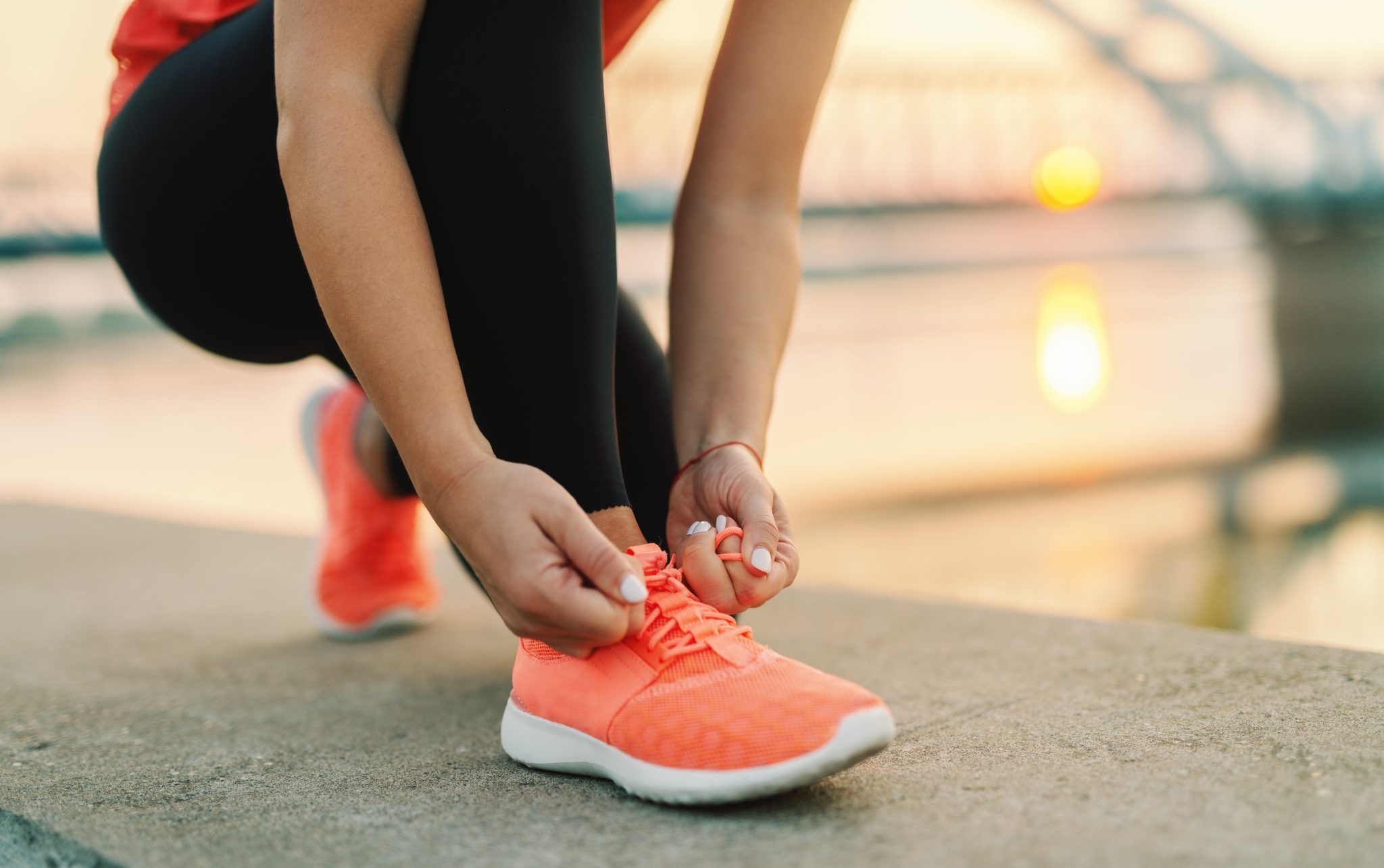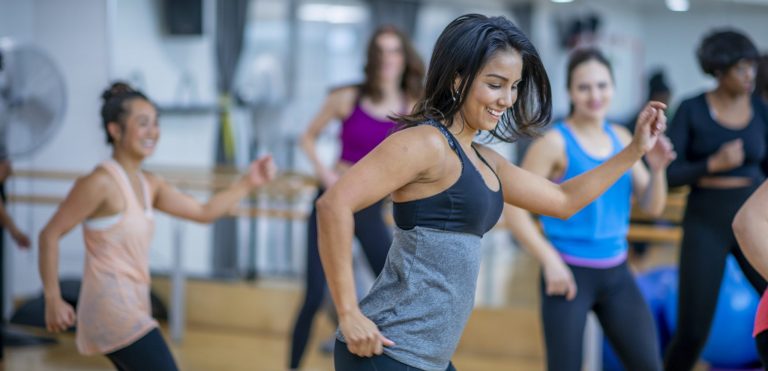If you think that running has once again soared in popularity, you may well be right. In the wake of the recent global COVID19 lockdown, running and outdoor training activities seem to be the safest types of physical exercise. So, it’s not surprising that many have taken to running as part of their daily exercise.
It makes perfect sense: running is a great way to boost our immune system, reduce the risk of heart disease and type 2 diabetes, improve lung capacity, and burn an impressive number of calories.
There are many other reasons why running has always been so popular. For starters, it sets a relatively low barrier to entry. You don’t need any fancy equipment to start running. Literally all you need is a comfortable pair of sneakers. You can run anywhere and anytime. Also, you’re never really too old to start running or jogging: you can start in your 50s, 60s, or even 70s.
But, why isn’t everybody doing it? – one might wonder. Well, while the concept of running is fairly simple, it is certainly not easy. There are important things that one needs to take into account before getting started. Below you’ll find helpful tips on how to begin running or how to start running again after a break. Buckle up!
What benefits does running bring?
You know it, you’ve heard it, but even so, we’ve decided to point out the major physical, mental, and social benefits that running brings:
- It’s an excellent stress buster
- You can enter the state on the brink of euphoria, called a runner’s high
- It increases your lung capacity
- Builds strong bones, joints, and muscles
- Boosts cardiovascular fitness
- Helps lose and maintain a healthy weight
- Improves mood and boosts confidence
- It’s a great activity to improve overall health and lower the risk of long-term diseases
So, how do you begin running?
If you are just taking up running, scoring a proper running form is crucial. Here are some tips and cues to help you get started.
Check with your doctor
Before you dive into any running adventure, or any active adventure for that matter, get your medical clearance first.
So, you need to be careful and physically prepared to take up running. Otherwise, you’d be overworking your weak muscles and run the risk of seriously injuring them. A strong core is also essential, as it helps a runner to maintain balance and stability, and helps prevent any future back injuries.
Especially if you’re new to running or took a long break, you should seek medical advice on how to start properly or which precautions you need to take. Your doctor (or your trainer) will know your injury history and medical conditions that require you to follow special guidelines.
Invest in a good pair of sneakers
Aim for shoes with a higher endurance for a longer distance. When choosing your perfect running shoe, pay attention to every detail. On one hand, this is not the place to be frugal, but on the other, the most expensive shoes in the store are not necessarily the best.
There is specific running footwear for:
- every distance
- every road surface
The type that works on soil and grass fields, won’t work on pavement. To figure out which is which shop at a specialty running or sports store. There you’ll get the best service and advice on finding the right shoes for all your running needs.
There is one rule that applies to all shoes, though – you shouldn’t buy a tight-fit.
Choose in favor of shoe sizes that are half an inch longer than your longest toe. Your arch type should be an important factor in the decision-making process. This way you’ll be able to see if you need to worry about extra-cushioning or motion-control.
But the thing that is more important than all others is that you should feel comfortable. Try the shoes on and jog around the store for as long as you need to figure out whether you feel comfortable or not. Don’t feel pushed to buy shoes that are not perfect for you.
In this article, we shared our advice on how often you should swap out running shoes and why to keep your feet in tip-top shape.
Stick to well-tried running/walking methods
If you’re a complete newbie, it’s essential to ease yourself into running gradually, without increasing your pace and distance for a week or two. Combining running with walking will help you build endurance without overworking your joints and muscles.
You can check out our Weight Loss Running by Verv app which offers a walk/run interval training plan for complete beginners.
Breathe in, breathe out…
Breathing plays a key role in running, as it significantly affects your performance. Many prefer to quit long before they can succeed because they get frustrated when they feel short of breath. But it’s true, you will not be able to reach your fullest potential without proper breathing.
Remember: what’s good for marathoners does not always apply to those starting out.
You can try:
- Nose-nose breathing
- Nose-mouth breathing
- Mouth-mouth breathing
When running at a slow pace, you can use nasal breathing, i.e. inhale and exhale solely through your nose.
Inhaling through your nose, while exhaling through your mouth is the most popular type of breathing among seasoned runners. However, if you’re just beginning and see that you’re struggling to catch your breath, breathe only through your mouth. As a result, you’ll find it much easier and more efficient. Most importantly, you need to tune into your breath and maintain smooth breathing throughout the session.
Try the following to develop your breathing awareness and increase the capacity of your lungs:
Diaphragmatic breathing
You need to keep your mind on the belly area, and visualize the air flowing through. You know you’re doing it right when you can feel your belly expand and contract.
Breathing exercises in addition to running
Practice alternate nostril breathing or numbered breathing. The latter is when you inhale to the count of 4, hold your breath to the count of 7 and exhale to the count of 8. Repeat 5 times.
You can always try to maximize your running ability with breathing. Here’s our ‘recipe’ for that.
Eat and hydrate to feel truly great
All runners need to adhere to a healthy diet, eat vitamins, minerals, antioxidants, and immune system supporters on a regular basis. And, of course, eat carbohydrates, which is the body’s main fuel. It will prolong your endurance and you won’t get tired for a longer period of time.
You need to fuel up two hours before every run. But, if you’re a morning person and prefer to go for a run as soon as the sun is up skipping breakfast, check out this article.
You can treat yourself to a serving of cake once in a while, too. However, try not to overindulge in sweet treats and fatty foods like they are the only thing on the menu. Instead, control your cravings.
A good run inevitably leaves you dehydrated, as you lose water through sweat. So you need to regularly refill your water supplies. Water is your best ally. Drink it after your run and during, whenever you feel thirsty.
Run correctly
Yes, there are rules, or better yet, well-tried methods that are designed to help you embrace your running journey and avoid these most common running injuries. Knowing how to run properly helps you run greater distances with less pain and discomfort. Take a look at five major pointers below. But, if you’re not up for a long read, watch this fun yet informative video on how to run properly:
- Never neglect a good old warm-up before you start running. It can be a 5-minute walk or a warm-up routine that works for you. The most popular warm-up exercises usually include running drills and dynamic stretches.
- Do your best to keep your posture upright leaning only slightly forward. It can be hard at first and might take some getting used to. Make sure you lean neither too much forward, nor back at your waist.
- Don’t round your shoulders too far forward. Keep them level but, at the same time, relaxed. Otherwise, you’ll be reducing the flow of air through the lungs.
- It helps to keep your head lifted and look straight in front of you.
- Be especially mindful of the way in which your foot strikes the pavement when you run. Some folks are ‘toe runners’ (those who land on their toes), while others are ‘heel strikers’ (those who land on their heels), some are ‘mid-footers’ (those who land in the middle of their foot). The latter method is widely endorsed by many coaches. Although if it happens that you’re a natural toe runner or heel striker, it’s best not to force yourself to change your foot placement. If you run in a way that is unnatural to you, you may be at a greater risk of injury.
- Wrap up your training with a cool-down routine and pay attention to recovery.
Things to remember:
Don’t expect too much too soon
That is to say, don’t be hard on yourself. Start where you are at this very moment, not where you think that you should be. This is the rule of thumb which applies to all of your future training. You shouldn’t run hard every day or run more miles when physically you’re not ready. Take things slow, and it will certainly pay off in the long run.
Listen to your body
Reflect prior to and after every running session. Our bodies never feel the same every time we train. Maybe today you’re more exhausted than usual, maybe you’re low on ‘fuel’, or maybe you pulled a muscle just a little the last time you ran. All of these and other factors have an impact on how you should adjust your training, e.g. take it easy and slow, pick up the pace, or maybe even skip your training altogether.
Get motivated
Many have an urge to quit running before there’s ever a chance of turning it into a habit. This is what often happens when you force yourself into some new activity or push yourself to the limit.
Any physical activity you start should be enjoyable, above all else. Running feels a lot easier and takes much less of your willpower, when you train the way you like it. To keep your training regular, you might want to check out some running trends to keep your motivation high or think of some special ways to reward yourself straight after your exercise. This way your brain will link a running session with an immediate reward.
On a final note
With the right approach, it won’t be too long before you turn running into a fun habit of yours. All you need is to follow the advice above or that of your trainer, and have the motivation to get started.
Now, lace up your sneakers and the best of luck to you!












